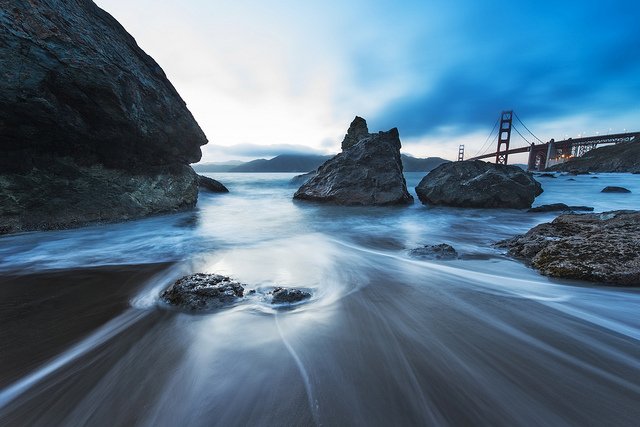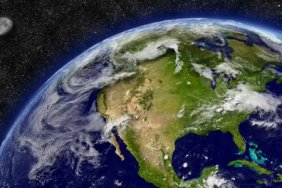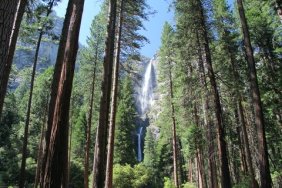This year as we prepare to celebrate Earth Day on April 22, it pays to remember just what started this tradition.
Earth Day began as a grassroots movement in 1970 intended to celebrate the planet’s environment and raise awareness about pollution.
The idea was proposed during a UNESCO conference in San Francisco and was pioneered in Congress by former Wisconsin Senator Gaylord Nelson. The senator recruited environmental activists to work with him and built a staff of 85 who rallied 20 million people to their cause.
Groups that were fighting against oil spills, pollution from factories, pesticides, the loss of wilderness areas, and extinction of wildlife suddenly realized they shared a common interest in defending the planet and began to promote environmental citizenship and action to that cause. In 1995 President Bill Clinton awarded Nelson the Presidential Medal of Freedom for founding Earth Day.
Over the years Earth Day has continued to grow. It went global in 1990 with more than 200 million people in 141 countries participating in events. By 2000, more than 5,000 environmental groups in 184 countries were taking part and focusing on issues including global warming and clean energy.
For the 40th Earth Day anniversary in 2010 more than 225,000 people gathered at the National Mall for a climate rally. It was there the group launched a campaign to plant one billion trees: a goal that was achieved in 2012.
Earth Day has become mainstream. Each year corporations, activists and individuals create new projects and initiatives aimed at protecting and restoring the environment.
In ways both large and small, people celebrate Earth Day by trying to make their world a little better. They promote understanding of environmental issues, and they commit to service on or around Earth Day – planting trees, cleaning up rivers and streams, and helping in community gardens.
These days Earth Day also involves a tech break, conserving energy by turning off computers, printers and lights for a day. It means calling for transparency from favorite brands to how products are manufactured. Other Earth Day related activism involves advocating for at-risk animal species and committing to recycling.
Earth Day is a day set aside to remember and appreciate the earth’s environment and our own responsibilities and roles within it. It is up to each individual to decide how they will celebrate our planet and what actions they will take to preserve the environment. Earth Day is a good time to start changing habits that affect the world we all share.
Photo credit: Flickr CC








